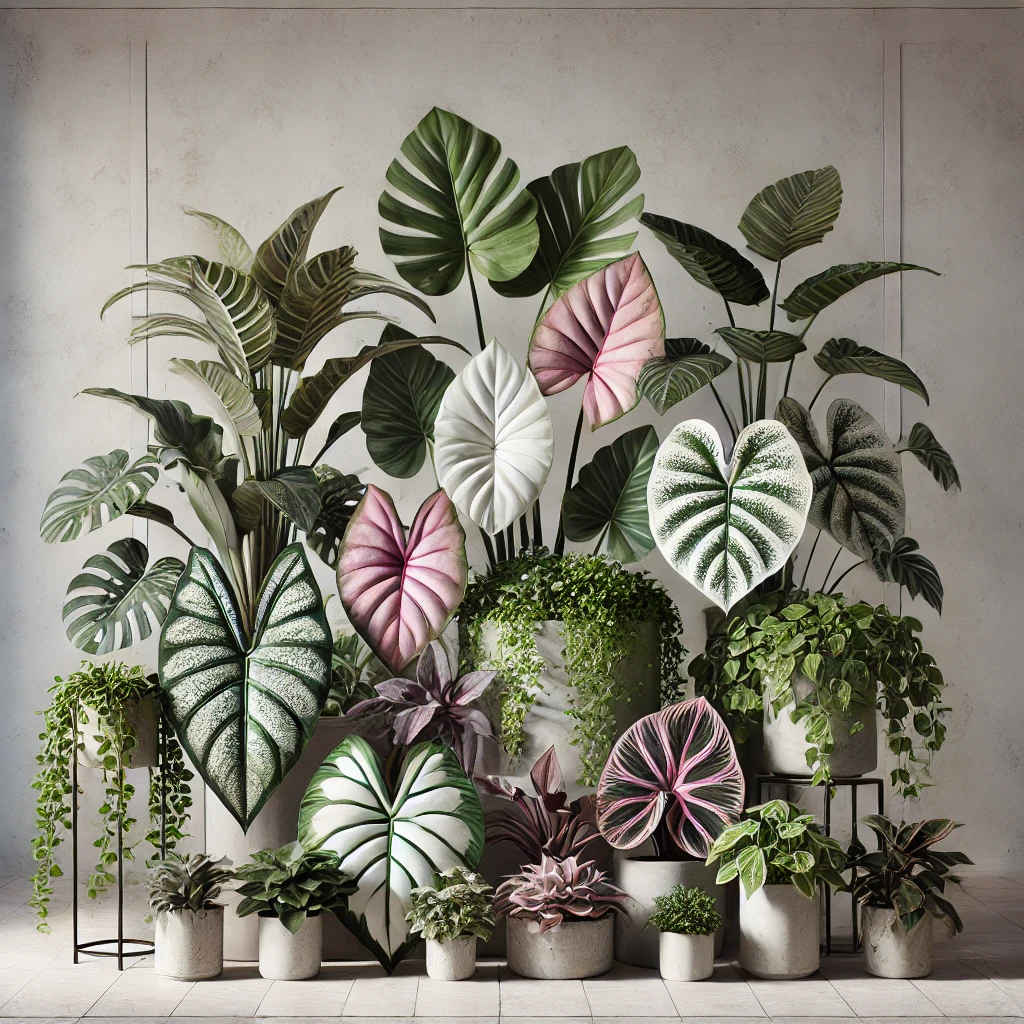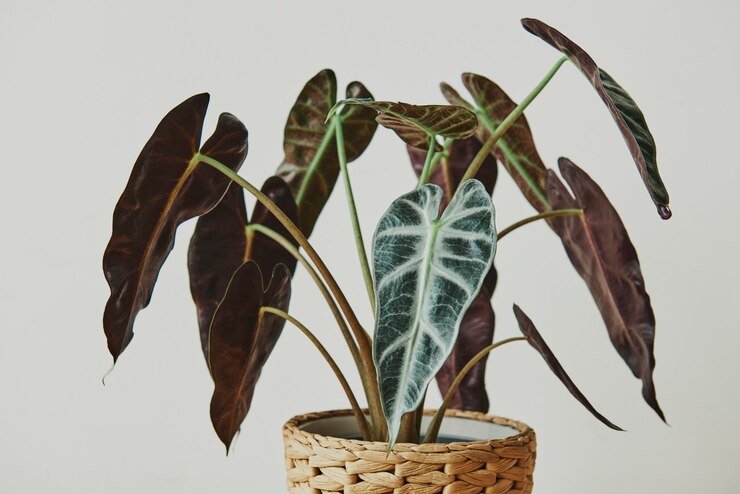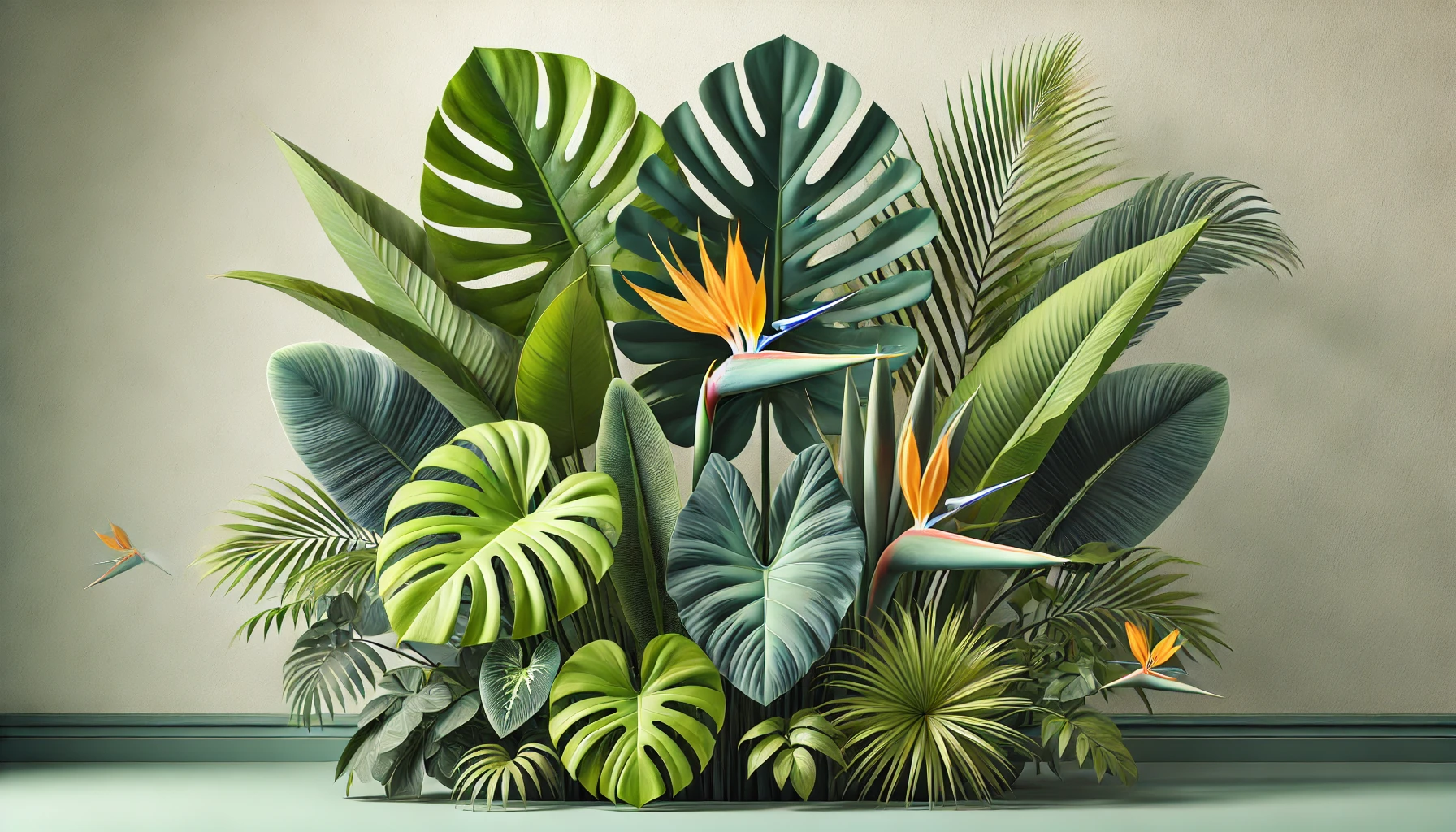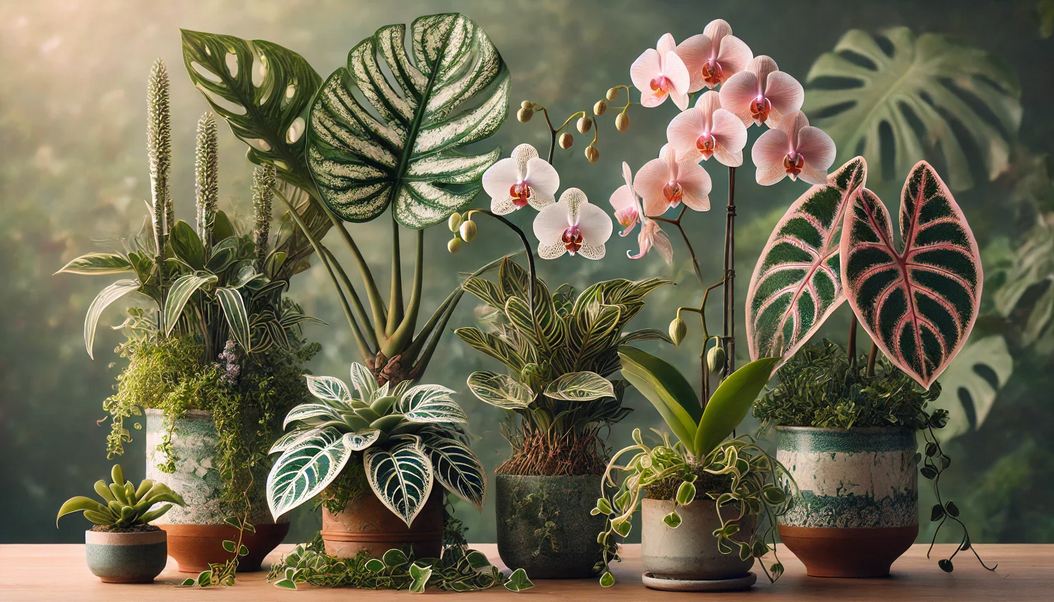With exceptional beauty and transcendental characteristics, extremely rare tropical ornamental plants have been increasingly captivating the attention of plant enthusiasts and collectors worldwide. Bright colors, leaf markings, and sometimes elusive blooms make them a feature that adds a touch of the exceptional in any living room or even an out-of-doors garden area.
From their exclusive appeal to their escalating demand, this handbook on rare tropical ornamental plants has it all-from an exclusive appeal right to escalating demands. A must-have for the avid collector and the curious first-time enthusiast alike, this guidebook promises to make sense of such remarkable plants and how to care for them.
What are ornamental plants of tropical rarity?
Exotic tropical ornamental plants are specials of tropical rainforests, even of coastal areas, belonging to such continents as South America, Asia, and Africa. These tender plants of tropical origin grow, as compared to ordinary indoor flowers, in richly endowed humid conditions, developing features that are extraordinary and distinguishing them from other plants.
Many such plants have foliage colors, shapes, and patterns that are highly fascinating; they may require certain conditions for their care out of their natural environment. They are mysterious, somehow exclusive, not very easy to grow. Growing them indoors puts a slice of the exotic tropics into your room while contributing to biodiversity.
To the enthusiast, the plant is like a work of art alive-joy in every respect, which comes with a feeling of pride for the nurturing of such a plant.
Whether for brilliant color, veinery in foliage, or perhaps merely in representation of an evocative ecosystem half a world away, rare tropical plants have unique fascination for collectors.
Increased demand for tropical ornamental plants, particularly the rarest species
Demand for rare tropical ornamental plants has increased meteorically around the world in the recent past. A key driver of the growing popularity is a new class of plant consumers whose main drivers include exclusivity and aesthetic value, often used for releasing stress indoors.
With increased usage of social media like Instagram, which showcases these plants, more people have become aware of their beauty and the rare plant collector community.
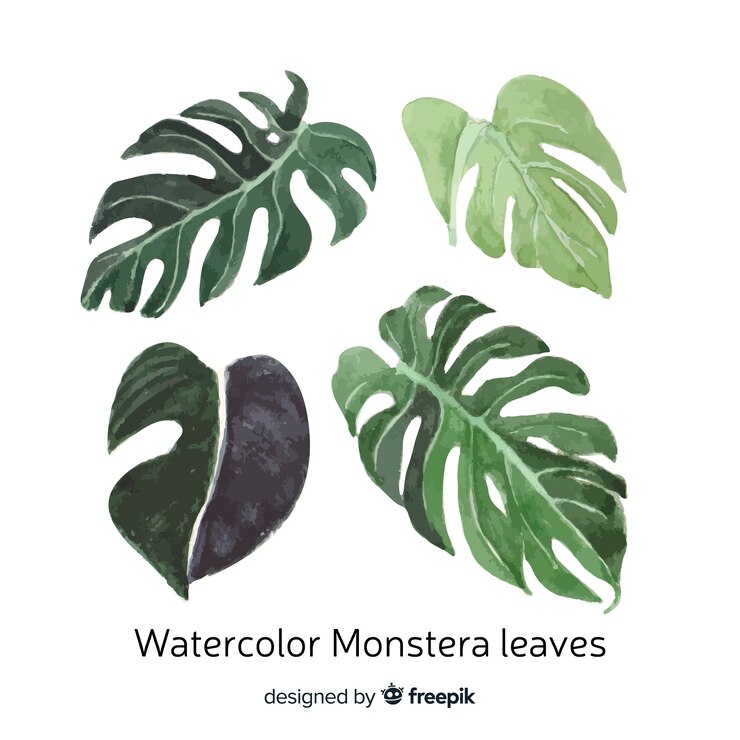
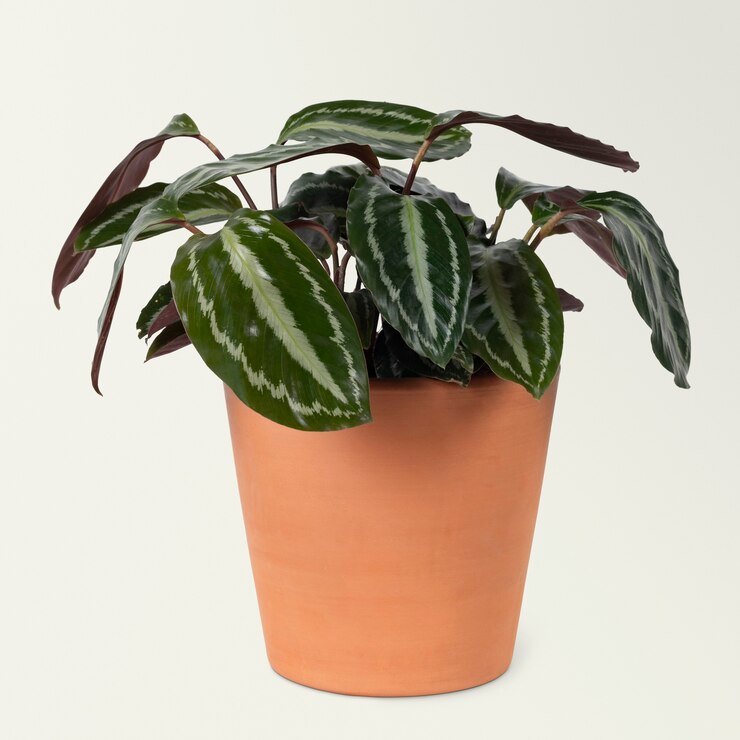
Several factors are contributing toward the world demand for these plants :
- Health and wellness benefits: Indoor plants improve air quality and reduce stress; therefore, they are in demand for homes and offices.
- Aesthetic appeal, with dazzling colors, textures, and shapes of exotic tropical plants, does well in interior beautification, adding vitality to the natural substance inside a modern space.
- Exclusivity: Plants that are rare are those that are hardly available, thus acquiring special features.
- Greater awareness through social media wherein influencers and plant enthusiasts show off their collections, thus creating more interest.
- It has its own environmental benefits, including a semblance of natural life that is especially calming in urban setups.
According to a very fresh study published in the journal Environmental Science and Pollution Research, adding plants indoors may improve mental well-being and cognitive performance because of their stress-reducing properties. All this awareness of health benefits associated with plants further increased the interest in knowing about the rare varieties of tropical ornamental plants.
Most Sold Variants of Exotic Ornamental Plants
You are a newcomer in the sphere of exotic tropical ornamental flora probably want to know what species are in the biggest demand among collectors. Some of them are in demand due to impressive foliage and strange patterns, others for variegated or just colorful leaves.
Here is the list of some well-known, rare tropical ornamentals that perfectly fit in any collection:
- The leaves of the Philodendron Gloriosum are heart-shaped and velvety; variegating into a bright white vein creates an exclusive appeal for elegance.
- Monstera Albo Variegata: A very rare varietal of Monstera, white, and green variegated leaves add the most astonishing visual contrast.
- Anthurium Clarinervium is indeed a collector’s dream, for its marvelous heart-shaped leaves are deep green with great white variegation.
- Alocasia Azlanii is an extremely rare species of Alocasia, featuring leaves in iridescent purple color.
- Rhaphidophora Tetrasperma Variegata: Mini Monstera-looking plant with variegation on the delicate leaves and generally smaller.
- Calathea White Fusion: variegated with white, pink, and green on the leaf, which instantly catches the eye of every collection.
- Dark leaves variegated with pink give this plant, the Philodendron Pink Princess, a social-media sensation.
These are such rare tropical plants that each of them has its own peculiarities in care, and it may be demanding to raise but very rewarding for a true enthusiast.
Special Applications of Rare Tropical Ornamental Plants
Some of the contributing factors to the desirability of these rare tropical plants include striking and extra-special looks. The variegation in foliage and the strange textures make them possess some traits that very few other houseplants can boast of. Variegation involving the colors green and white, pink, and even purple on their leaves adds up to make most of these plants pretty peculiar-looking.
Some rare exotic ornamental plant characteristics include the following:
- Coloration and Variegation: Most of these rare tropical plants are with beautifully colored, variegated leaves running from pure white to pink, even to purple hues.
- Special shapes of leaves: Leaves of some tropical species take very specific shapes: heart-shaped, divided, or perforated.
- Velvety or glossy textures give a very lush feeling and further make them more exotic.
- Slower growth: Most plants are so rare because of their growth rates, making them harder to propagate; thus, they have added value.
- Delicate blooms: Some of the rare tropicals will have flowers just as unusual as the foliage but might not bloom as often indoors.
This is just the reason these plants are in high demand and grown indoors for their uniqueness.
Tropical Ornamental Plant: Exotic and Very Rare, Critical Conditions
Care for the rare tropical ornamental plants requires knowledge and attention to their specific needs. Most of them originate from the tropical rainforest; thus, it means they do well in warm and humid conditions. Indoor conditions similar to these are quite challenging to provide but very rewarding when well achieved.
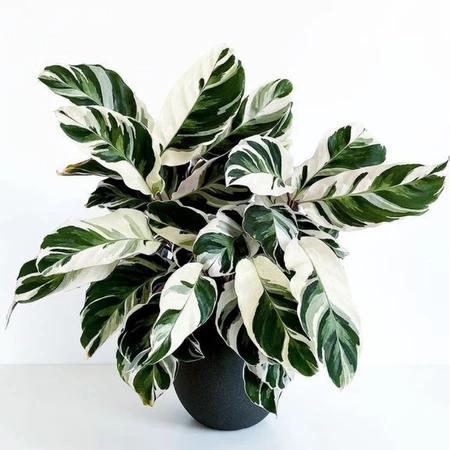
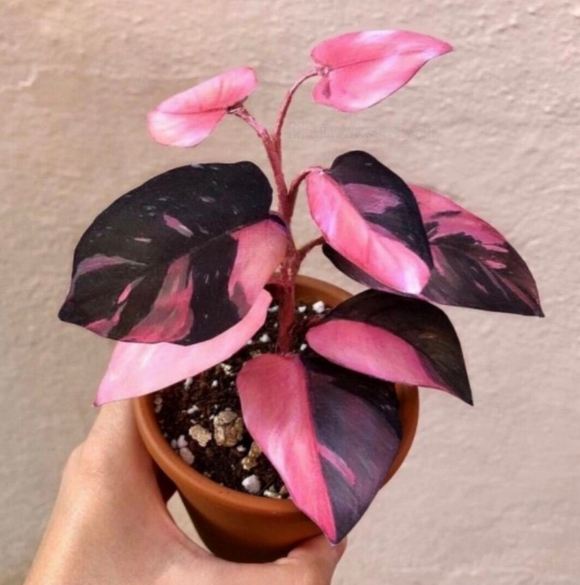
Following are some useful tips for the care of rare tropical plants:
- Light: Most tropical plants accustomed to dappled sunlight prefer bright, indirect light. They easily get scorched with direct sunlight.
- Humidity: It can provide high humidity, 60-80%, if applying a humidifier or placing it near a tray of water.
- Watering: Avoid overwatering as this will cause it to die from root rot. Allow the top layer of soil to dry before watering.
- Temperature: Provide a temperature range of 65–80°F, as tropical plants are sensitive to temperature changes.
- Soil: Provide well-draining soil mix containing organic matter. This will give them almost a natural forest floor.
- Fertilizing: Use a balanced, slow-release fertilizer during the growing season; apply to ensure good foliage.
- Control de Plagas: Regular inspection of the crop for the common pests like red spider, thrips, and aphid.
Following these tips of care will get your rare tropical plants going, and with experience, you will know when to try other means of caring for the plants, maybe species-specific.
Why Rare Tropical Plants Are Worth Collecting by a Collector
It makes the flora ornamental plants in high demand for collectors, as they not only provide a view but their exclusivity and challenge attracts them, too. Further, the rarity and growth slowness make their procurement and cultivation hard to achieve, adding in their demand.
A few species are so rare that their prices can go to thousands of dollars, specifically if they are variegated or the source is very limited.
For many plant collectors, these are investments that appreciate in value over time. Here’s why collectors covet a rare tropical plant:
- Exclusivity: Rare plants often have limited availability, making them more desirable.
- Investment potential: Most rare tropicals can prove to be worthy investments since they are in high demand.
- Emotional satisfaction: It arises from the tender plants that start their growth. Community and sharing: plant collectors share among themselves their cognitions and sometimes exchange some rare species.
- Aesthetic appeal: Their aesthetic appeal is quite different from the ordinary houseplants.
Tips for Beginners Interested in Rare Tropical Plants
If you’re just starting with rare tropical plants, it’s wise to begin with species that are relatively easy to care for before venturing into more challenging ones. Building your confidence and experience gradually can help prevent the disappointment of losing a delicate plant.
Here are some practical tips for beginners:
- Start with hardy varieties: Some rare plants, like Monstera Adansonii, are relatively easy for beginners.
- Invest in a humidity solution: Tropical plants often require high humidity levels; consider a humidifier.
- Observe the plant’s response: watch how your plant has been responding to the light and to the watering.
- Learn about the requirements of each plant species: Understand their needs in order to help each one succeed.
- Join plant-related online groups: The plant-related communities can be much valuable for advice, trades, and inspiration.
- Be patient: most tropicals grow really slowly, so enjoy the process.
- Try propagation: some of the rare tropicals can be propagated from cuttings; it saves cash and extends the collection.
Conclusion: Enjoy the Advantage of Cultivating Wild Tropical Ornamental Plants To collectors
Rare tropical ornamental plants represent personal satisfaction, enjoyment, and an investment, not just simple decoration. These bring the exquisite, exotic plants right into your house, connecting you to very faraway ecosystems and adding some natural beauty to your space.
Be it the uniqueness of the Monstera Albo or the velvet-like finesse of the Philodendron Gloriosum, these rare tropical plants are absolutely mesmeric. With the ever-growing demand for indoor greens around the world, this genus of tropical plants is about to be sought after most amongst flora enthusiasts.
While you can pat yourself on the back for possessing such a remarkable plant and building yourself a miniature oasis in your home, it is just as significant to attend to the plants’ needs whenever they are in need of it.
